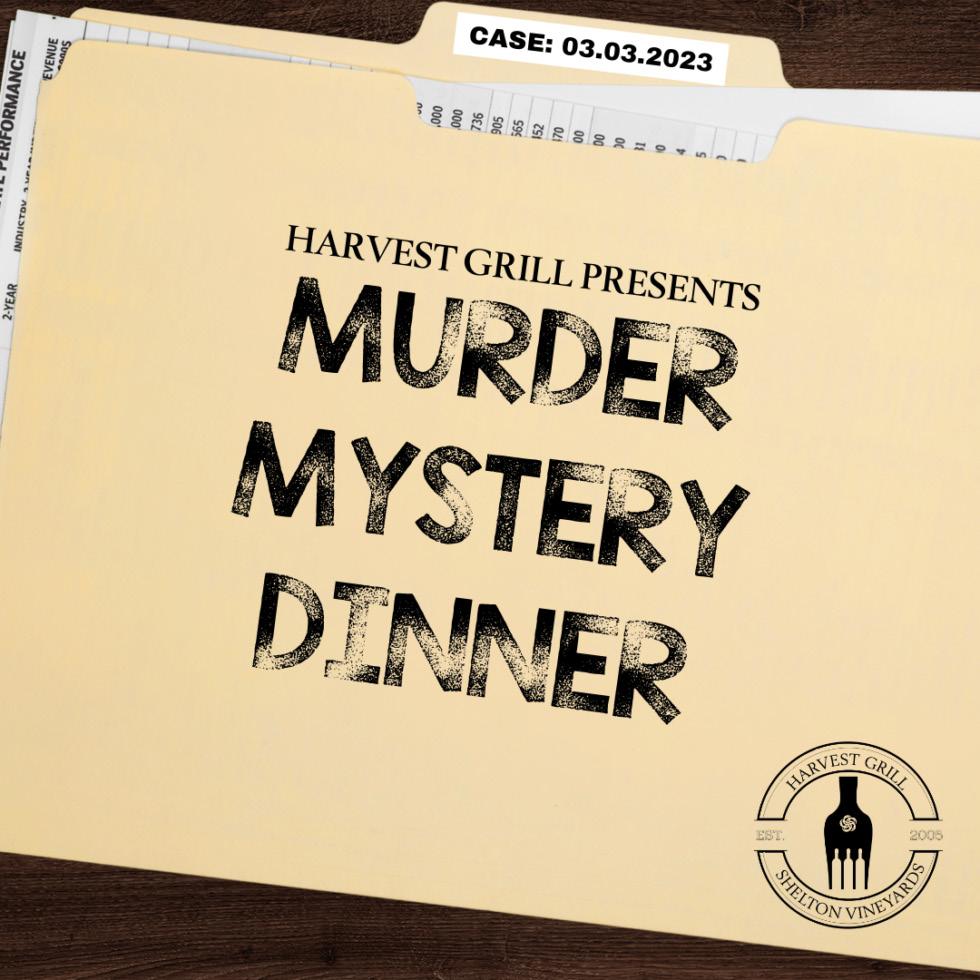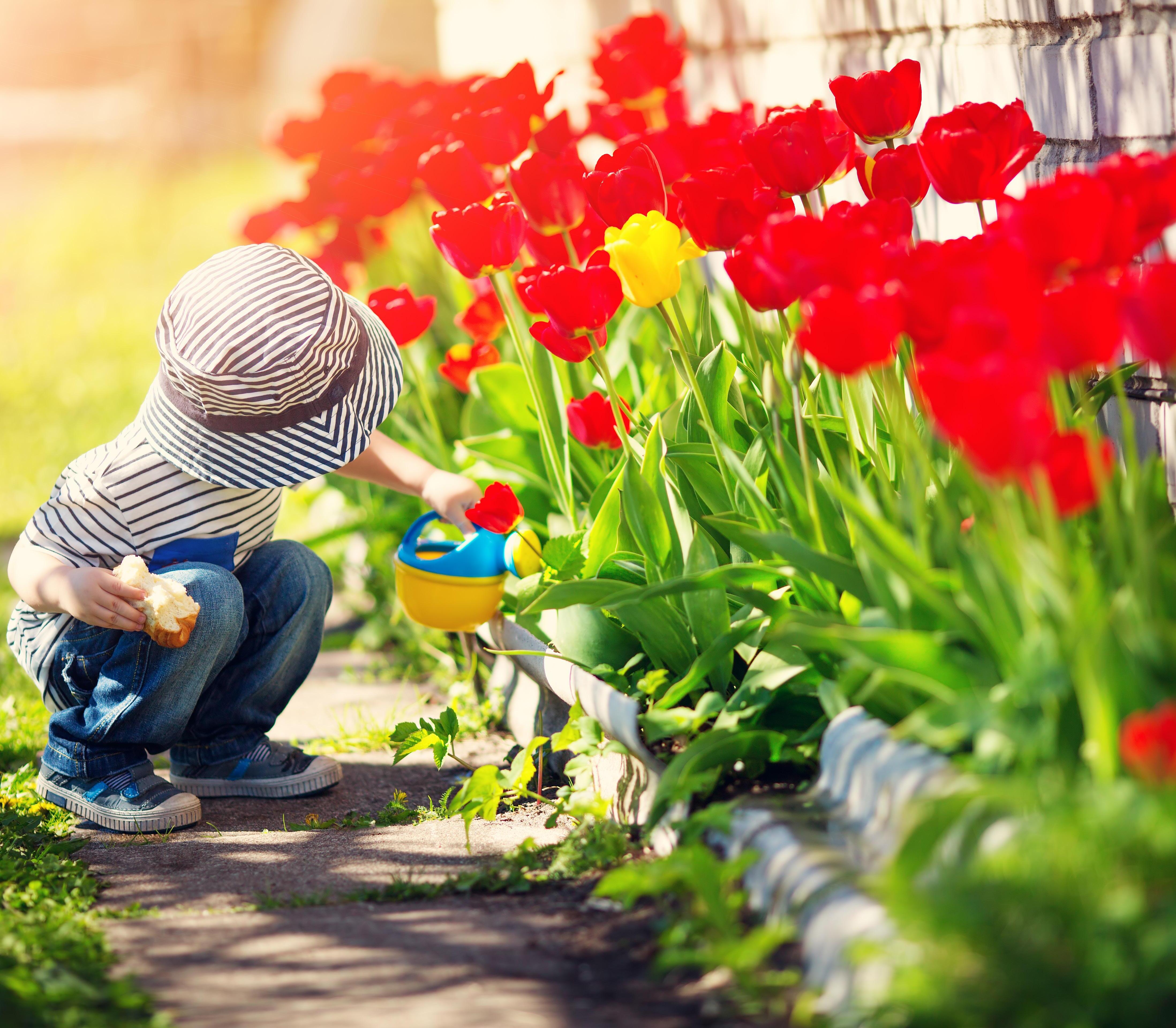
2 minute read
GARDENING FUN
If you ask one hundred gardeners how to garden, you might get one hundred different answers. While this can be confusing to a new gardener, it can also be comforting because this also means that there is not just one right way to grow a successful garden. The fun part is trying new and different gardening practices. There are a few basics to know and then the rest, well, the rest is just plain fun!
hydroponic gardening, aeroponic gardening, permaculture, straw bale gardening, etc. Today, I want to introduce you to the “square foot” gardening method. This gardening method was created by a backyard gardener, Mel Bartholomew. It is best for gardeners with small spaces. The growing area (such as a 4-foot by 8-foot raised bed) is marked off in square-foot increments. Each square is individually managed to maximize the space. The plants are grown closer together than a traditional vegetable planting. Of course, there are pros and cons to this method, as with any of the other methods. The pros include high yields from an intensive planting, it can be set up fast and in most places with existing soil, minimum maintenance is required, and my favorite, less weeding. The intensive planting allows for competition and shading of the weed seedlings. The cons of square foot gardening may be gardening is limited to vegetables not requiring a lot of room (cantaloupe, watermelon, sweet corn may not be good options), and watering may be needed. Raised beds tend to have soil that dries out faster in the heat of the summer. Watering can be done through water hoses, soaker hoses, or drip irrigation. Adding organic mulch such as straw, grass clippings, or newspaper, to the soil surface could help to conserve moisture.
Advertisement
To get started with square foot gardening, you will need to mark off the area to plant in square foot blocks. This can be done with a tape measure and string, or a template can be made. There are vegetable seeding charts that list the number of seeds or transplants required for maximum yield for each square foot block. A few examples are:
A few garden basics include knowing your plant hardiness zone. Zones are important when selecting the best plants to grow in your location. The zones are based on the average annual minimum winter temperature. This data is collected from the National Oceanic and Atmospheric Administration, and the United States Department of Agriculture created a map that shows the zones. This map can be found at http://planthardiness.ars.gov/pages/viewmaps. Most of Surry County is zone 7a with the southern most area of the county is zone 7b.
It is also good to know when your last frost date is expected. Gardeners in Surry County can expect the last average frost date to be April 22 (give or take ten days). For our area, I recommend waiting until May before planting vegetables outside to avoid a late frost. Knowing your planting date will help you determine when to start seeds for transplants. For example, if you have tomatoes you want to start from seed, count backwards from your estimated planting date to know when the seeds need to be sowed. If the tomato seeds take five to six weeks from seed to transplant, the seeds need to be sowed March 25.
Now is the time to think about what gardening method you will use. There are numerous options including but not limited to growing in containers, growing in raised beds, traditional row gardening, trellising, companion planting, hügelkultur gardening,
Vegetable Planting Method Plants Per Square Foot

Broccoli Transplant 1
Cucumber Direct Seed 2
Kale Transplant 2
Carrots Direct Seed 16
Radishes Direct Seed 16
Tomato Transplant 1
Square foot gardening can also tie in nicely with succession planting which is planting your crops in certain orders or waves throughout the growing season(s). It makes harvesting easier through multiple growing seasons. There are some vegetables that work better in succession planting than others. These would include green beans, greens, radishes, and carrots or any vegetable that has a short maturity date. You can plant multiple plantings throughout the spring, summer, and fall and harvest just as many times.
For more gardening information contact your local N.C. Cooperative Extension.

















by Sarah Southard, DVM










